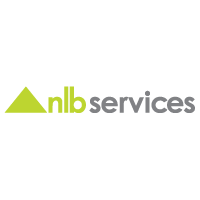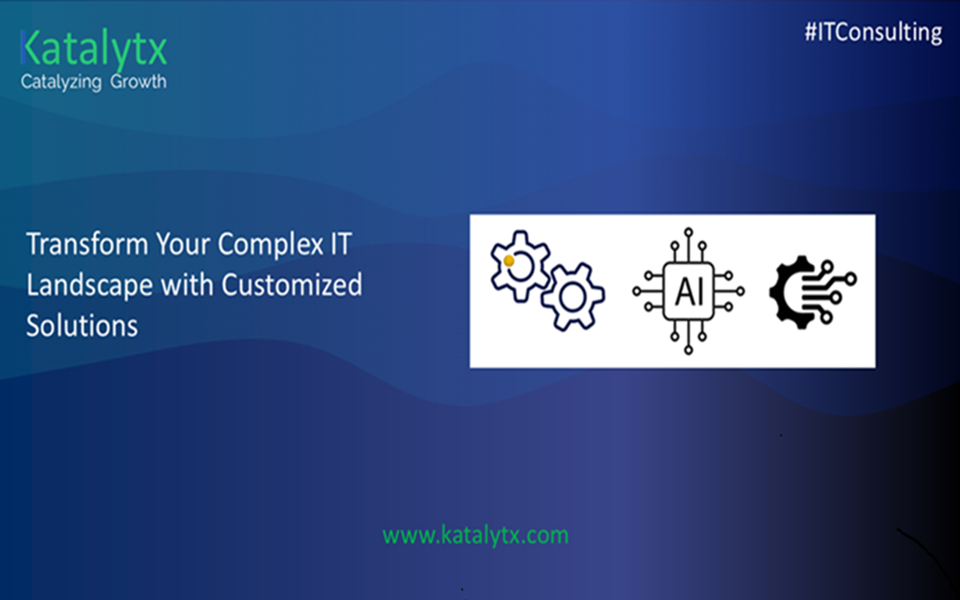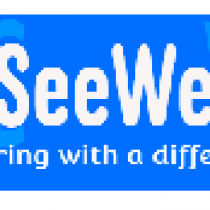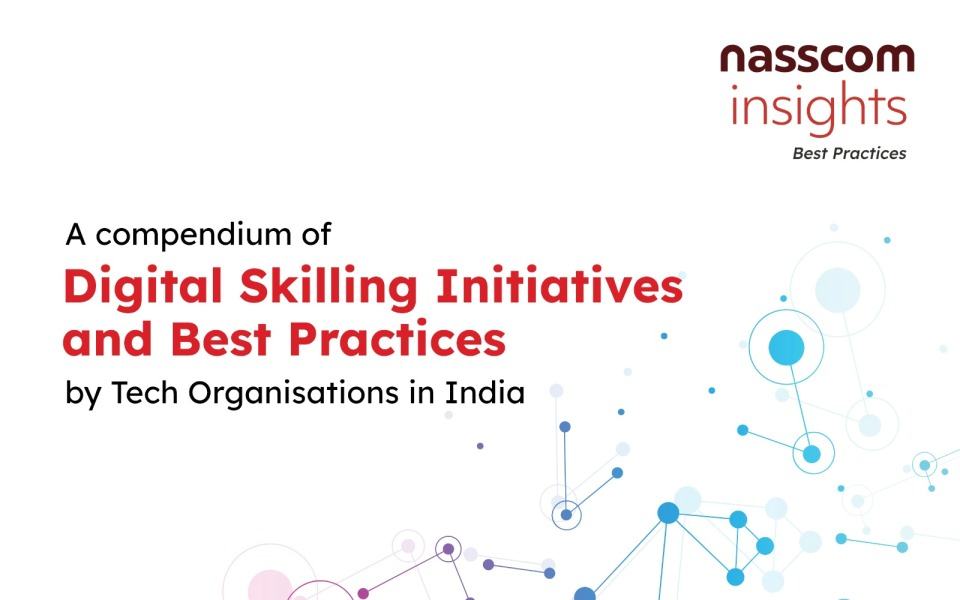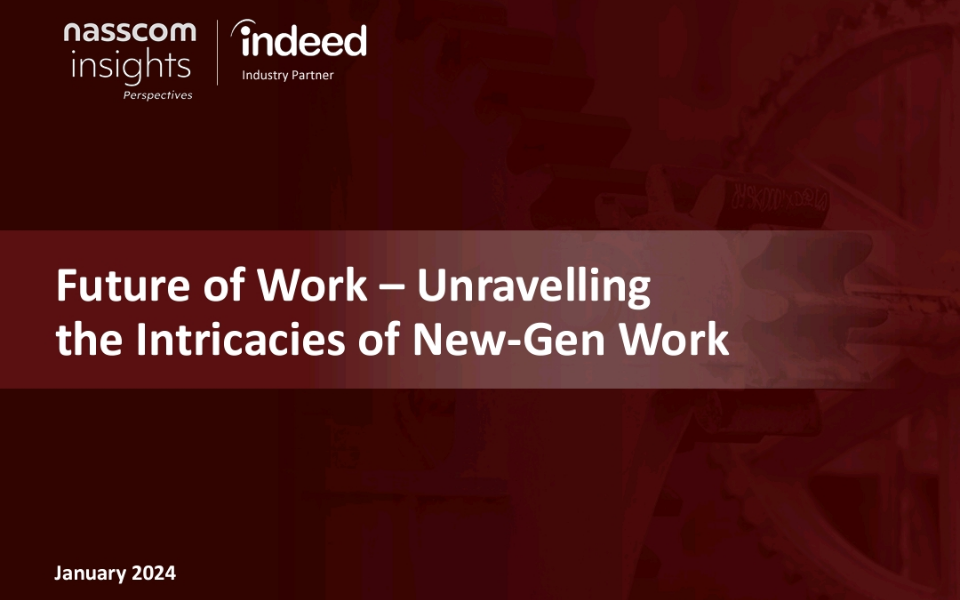Employee turnover may often stem from a cause that the company has little or no control over. This leads to unintentional evaporation of institutional knowledge and experience. And since a business’ competitive advantage is determined by how well it leverages its organizational knowledge, it is vital to document and retain the departing employee’s expertise so that the flow of work is never disrupted.
According to HR Daily Advisor, organizations face an average employee turnover of 16%, with an average 2-year turnover time seen by even the most decently branded employers. Moreover, even if your turnover rates improve in the future, your workforce is still bound to become transitorily less efficient each time a resource exits. This is because 42% of skills and expertise needed to effectively perform in a given position are known only by the professional currently occupying that position. That person’s exit will cost the team, and the organization, as the remaining colleagues will not be able to perform the deficit 42% of his/her tasks. That 42% will have to be taught from scratch – costing time, money and energies – affecting the business’ overall bottom line.
Are you in a similar situation where every time an employee walks out the door, you are left wishing you had better managed the knowledge at hand? Here are the consequences of knowledge loss, followed by ways you can prevent it and build a knowledge-sharing culture in the organization.
Cost of Unshared Knowledge
As per The Workplace Knowledge and Productivity Report by Panopto and YouGov, big-scale organizations lose up to $265 million every year as a result of inefficient knowledge sharing.
In the absence of properly documented data, the existent employees have to dedicate their bandwidth towards recreating the previous knowledge. The impact of this situation goes beyond monetary loss – resulting in low productivity, disruption of operations, project delays, damage to reputation, loss of client loyalty and employee dissatisfaction. These repercussions can be severely damaging for any organization aiming to streamline its operations, enhance competitive advantage, or simply trying adapt to a dynamic market.
The Need for Effective Knowledge Transfer
About 29% of employees claim that it is difficult to retrieve knowledge from repositories for daily work, highlights Deloitte’s European Workforce Survey. Meanwhile, nearly 19% find it challenging to obtain information from their coworkers.
The right approach for knowledge sharing is to make provisions so that purposeful knowledge is created, captured and transferred. It should be a systematic strategy where subject matter experts document and disseminate information within the organization to:
- Assist existing employees as they transition to new roles
- Reduce time to proficiency for interns or fresh hires
- Expedite the aggregation of knowledge across the company
The goal is to transmit and transform intellectual capital such as individual skills, technical know-how, cognate experience and managerial expertise for effective succession planning.
Warehousing Critical Knowledge
For effective knowledge management, Learning & Development (L&D) managers should implement the Train The Internal Trainer (TTIT) model. This framework equips establishments with the skills, processes and tools needed to sustainably train and advance their human resources, so they can be positioned for long-term achievements.
In many cases, managing the large scale and variety of knowledge can seem daunting, so here is how the TTIT model guides you towards value creation.
1. Find the Sources of Knowledge
It is important to determine the sources of information and find ways to document it. Start by identifying the business goals, business-critical positions, in-demand skills and the employee from whom you shall acquire this knowledge.
You may end up finding gaps in the knowledge flow, considering 85% of your workforce could be currently disengaged at work, states a Gallup report. To be able to discover the gap between what employees can do and what is required of them in the new role, ask questions like:
- What are the key roles that demand talent to be developed for?
- Who are the subject matter experts with this critical knowledge?
- What are the tasks that only these people are currently able to carry out?
- In their absence, will another resource pick up their tasks or will they remain unattended owing to skills shortage?
Once the primary sources are established, find alternative methods to map fresh or existing knowledge. And while your information may now be sourceable from varied assets within the organization, make sure you rely on one secure source for credibility of data. You may now proceed to collect the necessary knowledge.
2. Build Knowledge through Digitized Documentation
Ensure that the knowledge shared by the sources are captured in a digitized format. Digitized knowledge management ensures availability of well-structured knowledge for the stakeholders simply at the click of a button, helping with robust decision-making. Digitally created content and simulations offer immersive learning experiences that help train the next employee, raising the probability of her/him smashing organizational goals and attaining sustained profitability in the long run. Digitized knowledge management systems offer numerous advantages for the organization:
- Increased protection of intellectual capital
- Knowledge-driven culture for business agility
- Elimination of information silos to provide instant access to relevant knowledge through Micro-learning modules
- Quicker response time for troubleshooting due to automation and omni-channels
- Clients empowered to address queries with self-help services
- Safe collaboration techniques and accountability
- Elimination of redundancies
3. Develop the Subject Matter Experts
With digitized training content ready for consumption, it is necessary for the facilitators and internal subject matter experts to be fully equipped with the knowledge they are expected to impart. While possession of skills is equally important, the trainers must also be able to effectively train the following employees. They need formal training so they can identify the most effective training approaches that will drive results. Companies can partner with digitized training providers to receive training in different formats, such as eLearning, traditional classroom training or a blended approach.
4. Implement Org-wide Upskilling
Once you have set the ball rolling by training subject matter experts and building an updated organizational knowledge repository, you are now ready to transfer the knowledge across teams in the organization by designing a sharing mechanism. Organizational knowledge should be made easily accessible to all, else the effort of documentation becomes futile. Leveraging appropriate processes and technologies can make knowledge transfer more streamlined and affordable, especially if you join hands with a training partner that will help you leverage the right tools, technologies and processes. Digitized training can be delivered through an integrated learning ecosystem comprising a platform-based Learning Management System (LMS), content repositories, simulations, gamification and other micro-learning content modules. You get custom programs designed on the basis of the knowledge shared by your sources. Pre-defined processes templates, eLearning content and accelerators allow higher efficiency and faster time-to-market.
5. Assess Results of the Knowledge Transmission
You have now built a rich knowledge capital, a pool of knowledge from where you can extract and deliver information anytime, anywhere to teach your workforce skills and abilities. Now, periodic evaluations are to be made to determine the success of the knowledge transfer and to see if goals were met. Feedback from stakeholders on the quality of training and skills can help the company identify any procedural flaws. Post-training evaluation offers several advantages as it helps gauge the following parameters:
- Efficacy of the training content
- Employee comprehension of concepts
- Employee engagement levels
- Returns on investment
- Forecast of business impact
With the completion of this process, you now hold true organizational advantage, for the short-term future at least. Sustained knowledge management bridges the readiness gap, but requires a continuous effort of structured knowledge creation, training and transmission, instead of just knowledge capture. And when 63% of the workforce prefers to work for organizations where unique knowledge is preserved, you have all the right reasons to develop a proactive plan to develop digitized training programs that nurture a more informed, aligned and collaborative workforce.
Author: Veer Taneja, Vice President & Business Leader, NLL Academy, skilling arm of NLB Services





